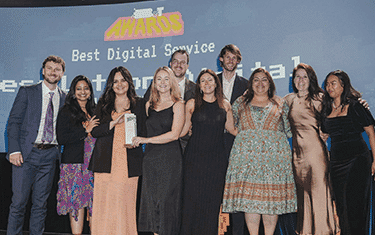Over the past few years digital hasn’t had the easiest time with media quality, viewability, and transparency all raising brand concerns.
The traditional channels like TV didn’t hesitate to jump on the bandwagon and have a pop where possible as they looked to cement their place as the primary channel in future brand budgets. From its inception, digital was at best an ugly cousin to TV and remained rather quiet and irrelevant. That was until Google and Facebook came along and began building what are now the two biggest video content platforms on the planet, vying for both brand budgets and the ear of the C-Suite decision makers. Technological developments in mobile & connected television (CTV), and changing user consumption habits (Deloitte quote users average 13.5 hours of streamed content per week, with 16% looking to cancel their TV subscription in next 12 months), led to Subscription Video On-demand (SVOD) services, and TV networks building broadcast video on-demand (BVOD) platforms locally in the forms of 9Now, Tenplay, 7Plus, Foxtel Go & SBS On-demand. This has given digital buyers a seat at the table and platforms like The TradeDesk and DataXu have found their voice and are doing the unthinkable: going after TV dollars.
Quality over Quantity
“Content is king!” These were the immortal words uttered by Bill Gates back in 1995 that would go on to become the most overly used quote in media to the point of becoming parody. That’s not to say it isn’t as relevant now as it was then, in fact it may even be truer now. Why? Well, it could be argued that since the exponential growth of digital and programmatic, marketers forgot (or at least de-prioritised) content quality in search of audience and scale. With the emergence of longform video, as well as scandals over fake news and terrorism funding on Facebook & YouTube respectively, aligning with premium content is top of mind for brands and agencies once more.
Netflix Paves the Way
If ‘content’ is the king, sat on his well-protected diamond encrusted throne, then ‘distribution’ is his loyal Commander General controlling his legions, taking the fight to his enemies on the frontline. And in this analogy, no one has invaded more territory than Netflix. Netflix has been the biggest disruptor to the TV networks since… well, actually it’s unprecedented. Available on a subscription model in over 190 countries; Netflix embraced the new world to deliver a revolutionary entertainment medium and one of the most recognised entertainment brands in the world in its own right.
The best part, it was (and still is), heavily reliant on sourcing content created by the very networks it stealing audience share from – we’ll come back to this later.
The Death of TV
So it all seems clear, TV is dead and streaming is the future… well not so fast. There’s the small issue of $74b to discuss. What is this number and why is it important you may ask? It’s the US TV ad industry spend predicted for 2020 by eMarketer.
That is the ad revenue at risk that has been the bedrock of the industry and paid for all this wonderful content we’re all so eager to binge if suddenly traditional television as we know it ceases to exist. That’s a significant number in the ecosystem to replace, especially when subscriptions have generally been the currency of choice over advertising for SVOD services. If creating cheap, engaging content that captured attention was easy – everyone would do it. The TV networks have spent decades perfecting this art and you’ll be hard pressed to find anyone saying making a ‘Game of Thrones’ to be easy or cheap, (or even engaging if season 8 was anything to go by). Netflix have some amazing productions on the board with House of Cards, Stranger Things & Narcos to name but a few but there are also many that can be filed under ‘mediocrity’.
Jumpshot findings released in 2018 reported that none of the aforementioned shows made it into the top 20 shows consumed on Netflix, and none of the top 10 were Netflix originals. More worryingly was that 13 of the top 20 shows were owned by Disney, Fox, Warner Media or NBCU.
Can’t we all just get along?
The last few years have been a busy place in the streaming world. Internationally Hulu, Amazon Prime, CBS: All Access and HBO Go have all launched. In Australia, we have our very own Stan. These will soon be joined by 3 goliaths in Disney+, HBO Max (Warner Media) and Apple+. For anyone paying attention, you’ll have noticed the dilemma that Netflix are facing. If the studios are all launching competitor streaming products, there’s a good chance they will no longer license content to Netflix as it would cannibalise their own offerings.
This has already happened with Disney announcing they will pull Pixel and Marvel content, and Warner Media following suit by pulling its content from Netflix & Hulu. CNBC reports that Netflix will spend $15b in 2019 licensing and producing content. It’s also worth keeping in mind this content budget was lining the pockets of Disney, Warner, NBC and the like up until now which they’ll be under pressure to replace to keep their own shareholders happy.
Netflix announced in Q2 2019 that for the first time they lost US subscribers, leading to a fall in stock price, indicating that the US market is saturated. Growth declines and your biggest content suppliers shutting their doors to you are not good signs for their US business. Internationally, Netflix have first mover advantage and reported growth with 2.7m new users acquired - half that of the previous quarter. Boardroom discussions at Disney, Warner Media and NBCU will already be hotly debating the balance of content that goes exclusively into streaming platforms versus into traditional TV, creating a product that competes without alienating their TV partners (remember, $74b USD).
Future State
Content as a commodity will continue to gain value. Those that have large back catalogues will find it easier to stock content into platforms to subsidise the new content being created, those who don’t will struggle to compete. Licensing international programming to find the little gems that become viral sensations will be a key focus.
Platforms will become disparate and subscribing to multiple services will be common place. Ad funded or partially ad funded commercial products will become more common and the Amazon method of upselling services could be something we see other cross platform players looking to replicate within their services.
Disney will use its streaming services to further develop franchises its user base are heavily invested in like Marvel, Pixar & Star Wars. The way media is consumed is changing, yet we have tried to shoe-horn in television style advertising; the brave and the bold will look to leverage technology to develop new creative ad formats and direct content integrations to deliver brand ROI. Sport as the obvious outlier to on-demand content will continue to be screened live, but via new platforms - this will become more costly for TV networks to secure rights (especially in international markets) as the digital giants look at the opportunity. Digital screens hold the key to advancing the measurement and attribution of TV ad spend, which in combination with advanced audience targeting capabilities, offers the most exciting advertising opportunity since the original TV advert, and is ultimately what all brands and agencies want in the first place.
Ref: Media Consumer Survey, Deloitte, 2018 | US TV Ad Spending, eMarketer, Sept 2017 | Most Viewed Netflix Shows, Jumpshot, Nov 2018
Most Popular Video Streaming Platforms, Verto Analytics, 2019 | CNBC article, July 2019 |The Cold, Hard Math Says Netflix Could Crash 70%, Forbes, August 2019 | Photo source: Unsplash | Credit: glenncarstenspeters
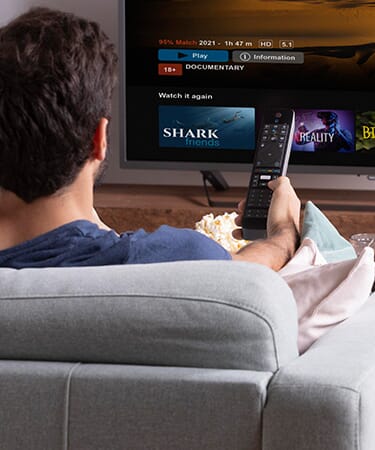











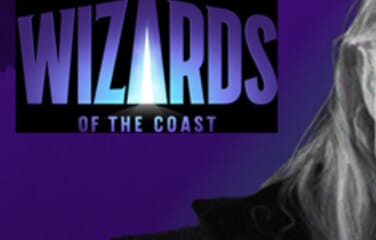























.png?cw=376&ch=240&crop.type=poi)









-listings-with-automation-thumbnail.jpg?cw=376&ch=240&crop.type=poi)











.jpg?cw=376&ch=240&crop.type=poi)




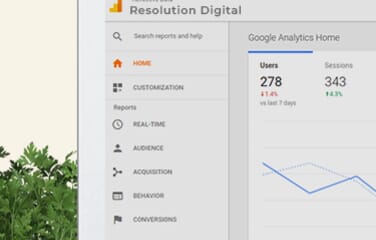




.jpg?cw=376&ch=240&crop.type=poi)









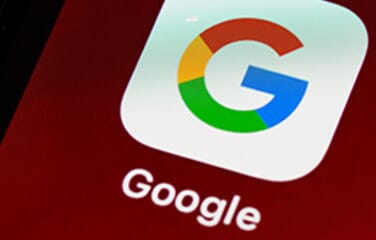
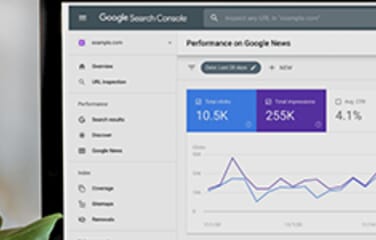






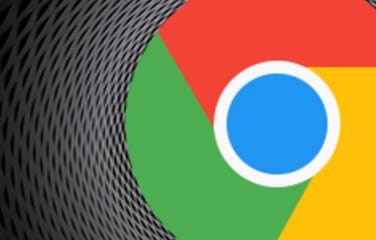


.jpg/?)






.jpg/?)





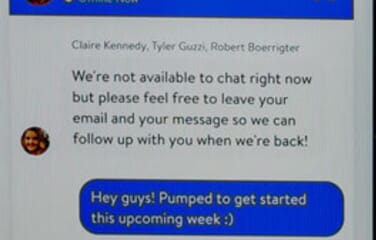
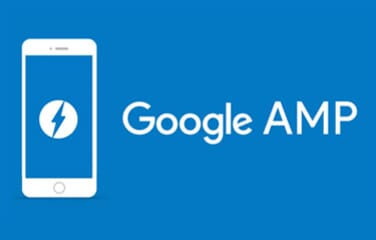


.jpg?cw=376&ch=240&crop.type=poi)

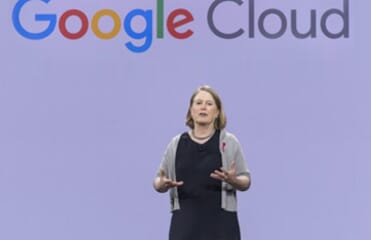






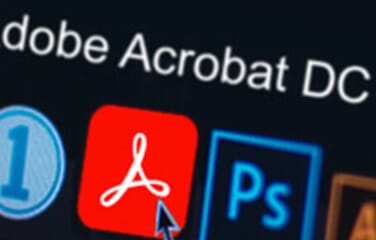



.jpg?cw=376&ch=240&crop.type=poi)
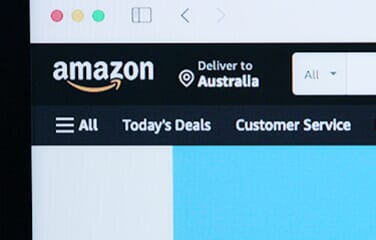





.jpg?cw=376&ch=240&crop.type=poi)




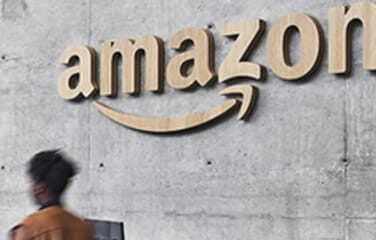






.jpg?cw=376&ch=240&crop.type=poi)




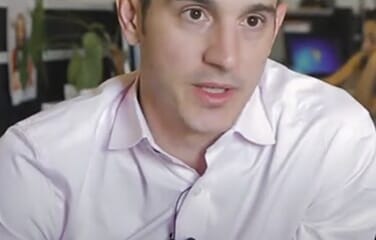








.jpg?cw=376&ch=240&crop.type=poi)














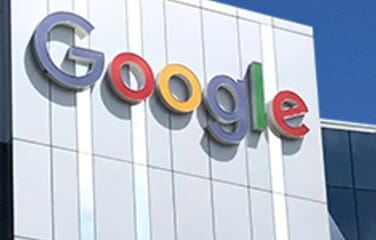


















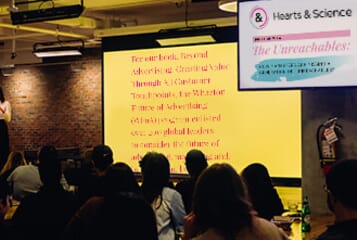
















.png?cw=376&ch=240&crop.type=poi)


.jpg?cw=376&ch=240&crop.type=poi)






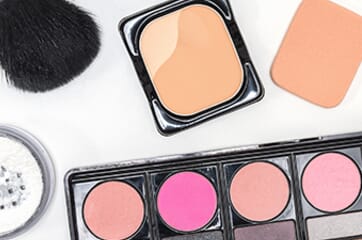




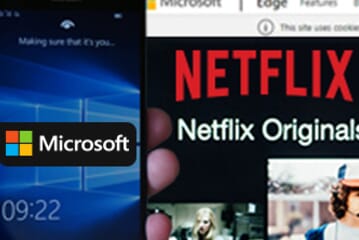





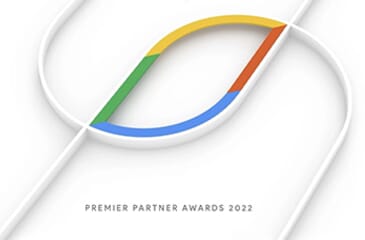


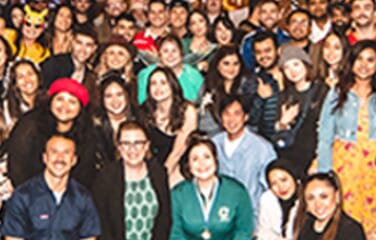
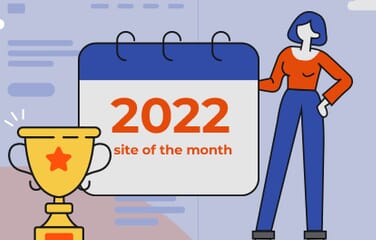




.jpg?cw=376&ch=240&crop.type=poi)

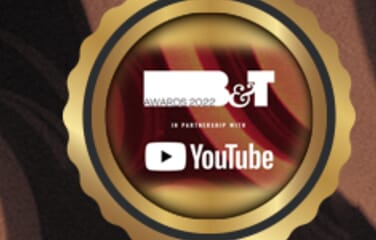
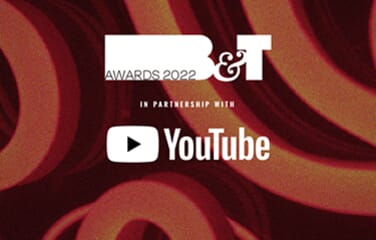










.jpg/?)

.jpg?cw=376&ch=240&crop.type=poi)



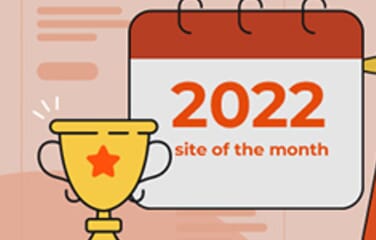

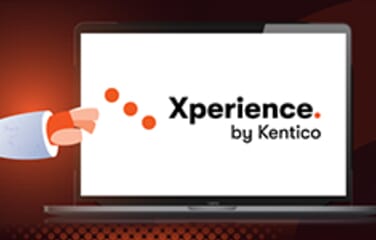





.jpg?cw=376&ch=240&crop.type=poi)














.jpg?cw=376&ch=240&crop.type=poi)
.jpg?cw=376&ch=240&crop.type=poi)


.jpg?cw=376&ch=240&crop.type=poi)



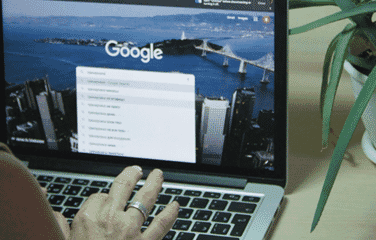


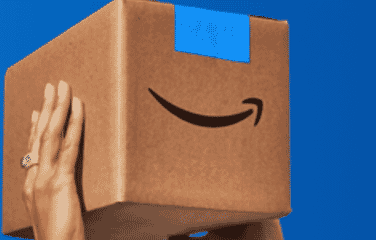
.jpg?cw=376&ch=240&crop.type=poi)

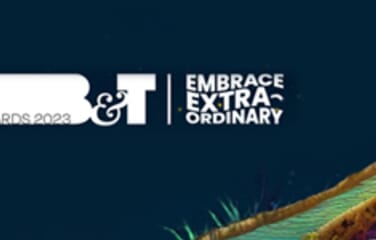
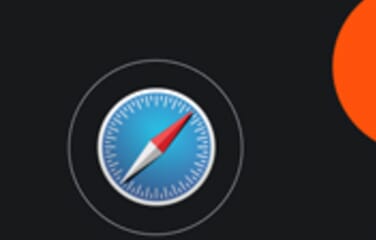


.png?cw=376&ch=240&crop.type=poi)

.png?cw=376&ch=240&crop.type=poi)


.png?cw=376&ch=240&crop.type=poi)



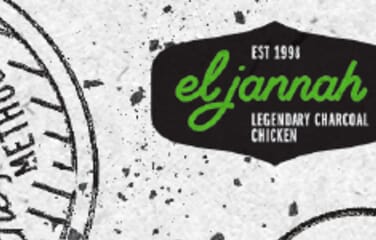


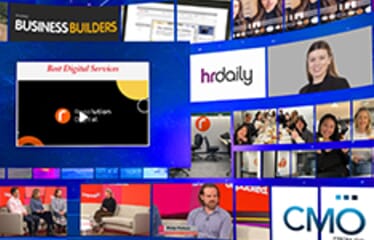
.png?cw=376&ch=240&crop.type=poi)
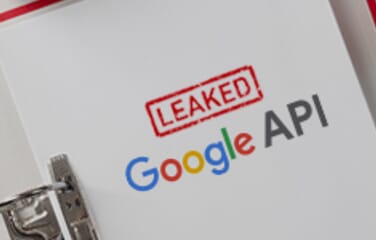

.jpg?cw=376&ch=240&crop.type=poi)



.jpg?cw=376&ch=240&crop.type=poi)
.png?cw=376&ch=240&crop.type=poi)

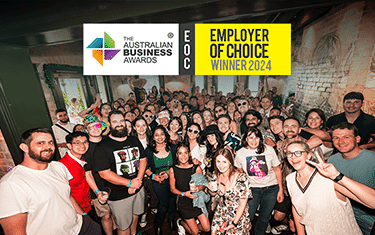









.jpg?cw=376&ch=240&crop.type=poi)
.jpg?cw=376&ch=240&crop.type=poi)




